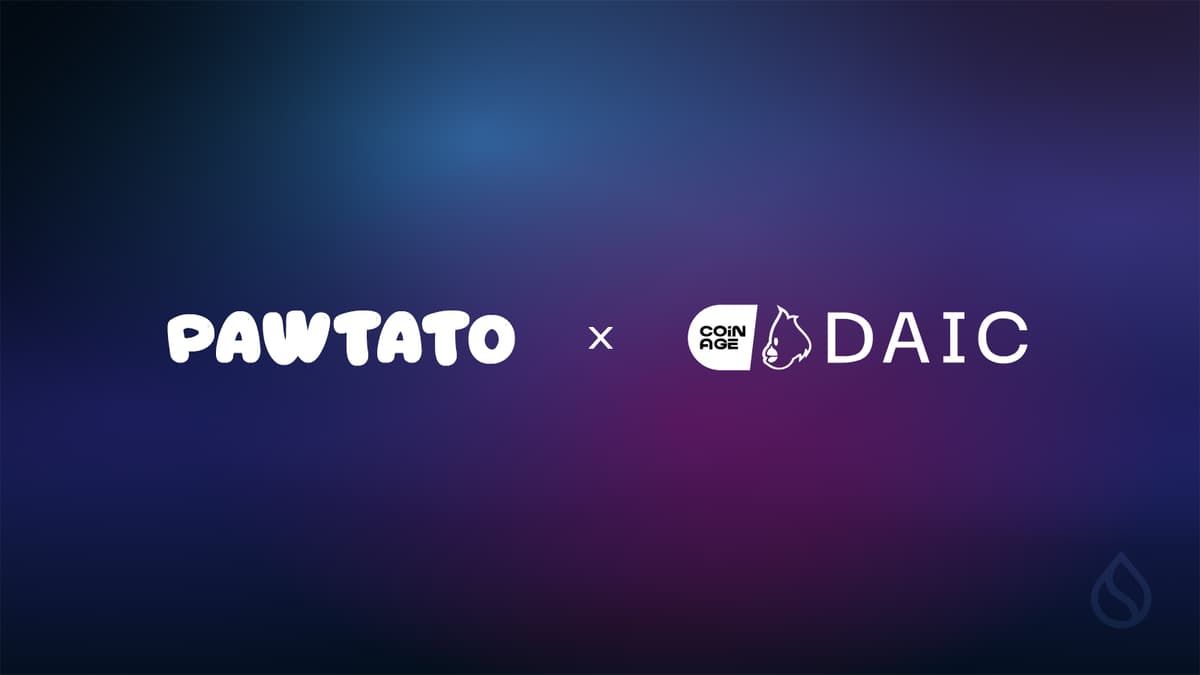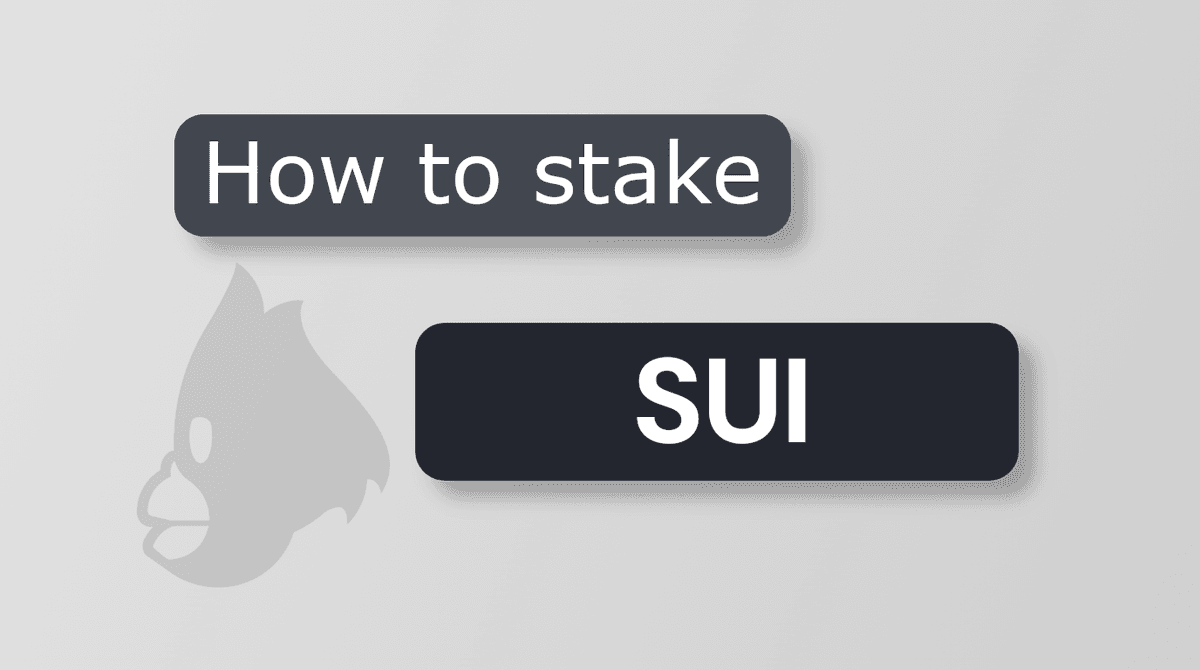Key Takeaways
- Blockchain: Sui is a Layer-1 blockchain leveraging a Directed Acyclic Graph (DAG) architecture.
- Scalability: The object-based design allows for parallel transaction processing, enabling substantial horizontal scalability.
- Smart Contracts: The Sui Move language enhances security and data composability within smart contracts.
- User Experience: zkLogin facilitates seamless logins utilizing existing Web2 credentials.
- Storage Management: A dedicated storage fund efficiently manages long-term data storage costs on the blockchain.
Introduction
In the dynamic world of blockchain technology, Sui emerges as a game-changer. Developed by Mysten Labs, Sui positions itself as an exceptionally scalable Layer 1 blockchain and smart-contract platform, ready to make a lasting impact.
Similar to other blockchain projects, Sui aims to address fundamental industry challenges by focusing on scalability, secure programming, and mass adoption. Its innovative object-oriented architecture, proprietary Sui Move programming language, and integration of ZK proof technologies formed the basis of a platform designed to overcome all barriers with a guarantee of security for all Web3 contributors.
Behind the scenes
In June 2019, Meta, formerly known as Facebook, revealed its vision for a global payment network through the integration of blockchain technology and a digital wallet. The Diem Association and Novi Finance were established to spearhead these initiatives.
However, both projects encountered significant challenges. Diem succumbed to regulatory hurdles, leading to its closure in January 2022, while Meta later terminated the Novi project without providing a clear explanation.
In the aftermath of these setbacks, two distinct blockchains emerged: Aptos, carrying forward Diem's legacy, and Sui, a groundbreaking creation by Mysten Labs, born from the remnants of Diem.
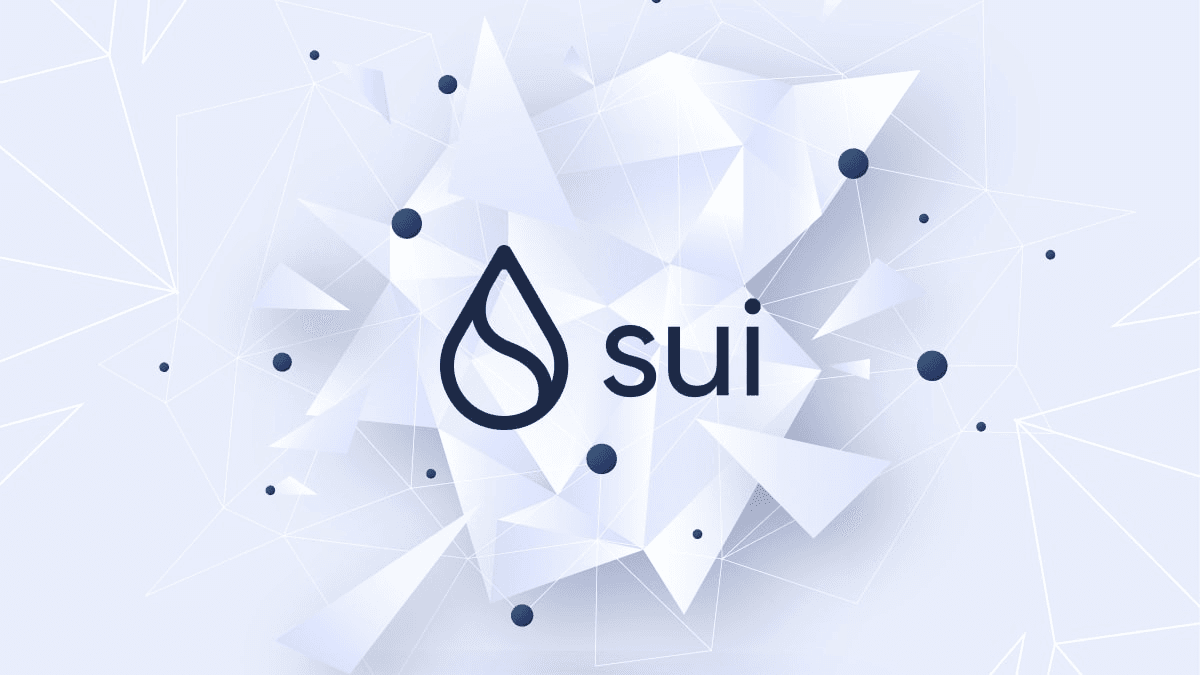
The project name Sui, (swē in English), comes from the Japanese word for "water". The reference to the water element is reflected in the identity of the blockchain - the tokens are called SUI and MIST - as well as in the visual component of its branding.
The Sui mainnet went live on May 3, 2023, following the launch of devnet and several network tests. The launch represents a significant milestone for the blockchain protocol and coincided with the launch of its own token, SIU, on the Binance exchange.
The company behind Sui, Mysten Labs, was founded in 2021 and headquartered in Palo Alto, California. The project team has five co-founders with incredible experience from the past.

- Evan Cheng, CEO: former Head of Research and Development at Novi and Technical Director of Meta.Earlier he was working 10 years with Apple.
- Adeniyi Abiodun, CPO: Former Head of Product Development at Novi, Meta*. Previously worked at VMware, Oracle, PeerNova, HSBC, JP Morgan.
- Sam Blackshear, CTO: Former Chief Engineer at Novi, with expertise in the Move programming language.
- George Danezis, Chief Scientist: Former researcher at Novi, Meta*. Previously worked at Chainspace, Microsoft.
- Kostas (Konstantinos) Chalkias: Former leading cryptographer at Novi, previously worked at R3, Erybo, Safemarket, NewCrypt.
In the realm of fundraising, Mysten Labs has successfully raised $336 million across two funding rounds since December 2021. Noteworthy contributors include Binance Labs, a16z crypto, FTX Ventures, Electric Capital, and traditional financial giants Apollo Global Management and Franklin Templeton.
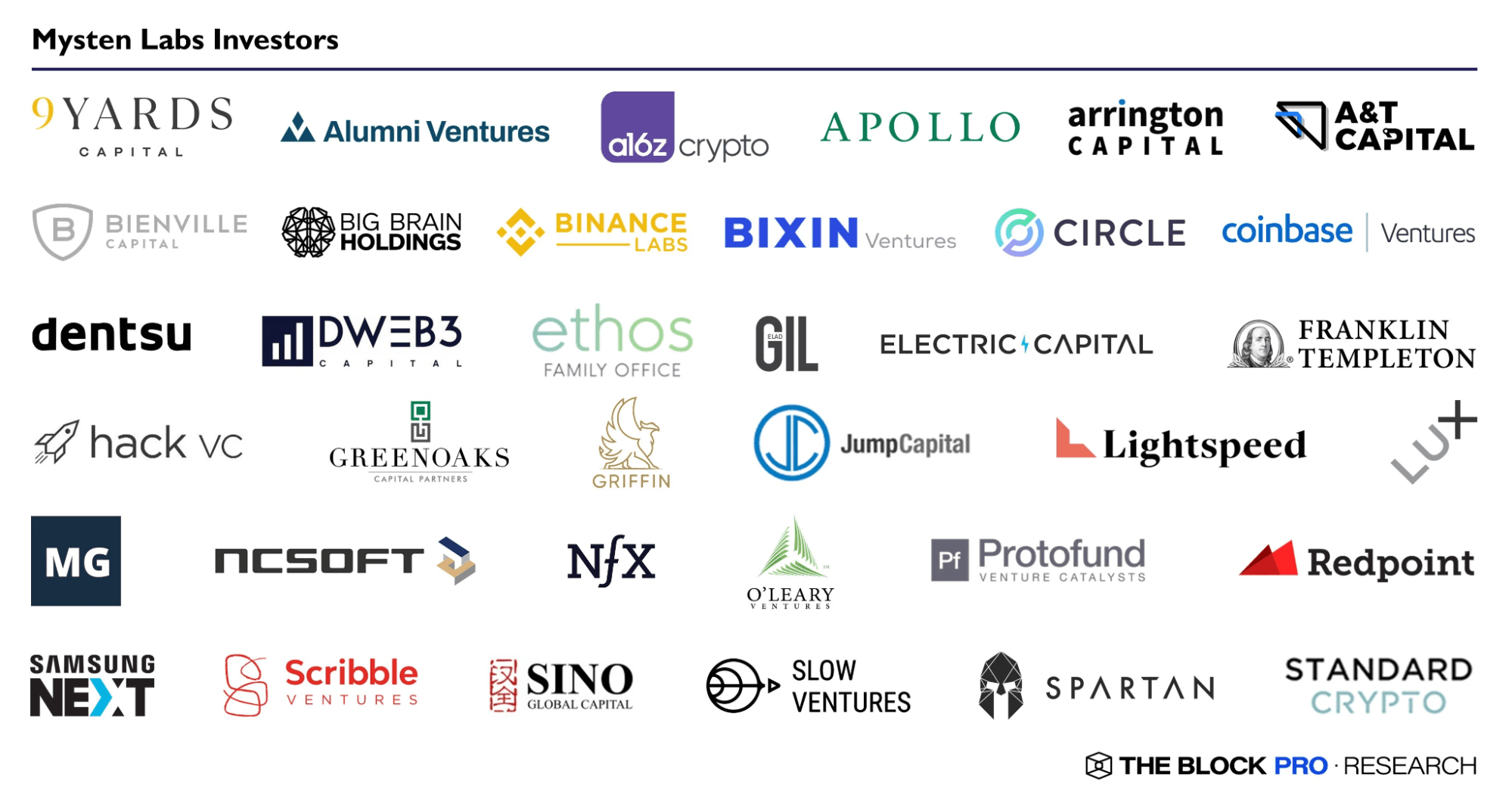
What Makes SUI Stand Out in the Crypto Crowd
At the core of SUI Blockchain's uniqueness is its object-oriented design, setting it apart from the crowd of other blockchain systems. Instead of grouping transactions into blocks, as most blockchains do, Sui nodes validate transactions individually, which reduces network latency. Because transactions are grouped into objects, validators can process transactions in parallel, allowing for horizontal scaling.
This innovative architecture permits many transactions to bypass the full consensus cycle. Simple transactions, such as token transfers, execute instantly without requiring the entire network of validators to agree, offering a distinct advantage over traditional blockchains where each transaction must undergo the consensus process, often causing bottlenecks and slowing the network.
For more complex transactions that necessitate consensus, Sui has introduced Mysticeti, a Byzantine Fault Tolerant (BFT) protocol built on Sui’s DAG-based ledger. It is engineered to significantly reduce latency and enhance throughput, hence positioning Sui at the forefront of blockchain technology.
In this way, Sui takes scalability to a completely new level, with no upper bound and the capability to handle extremely low latency.
With Sui's parallel system, scalability becomes virtually limitless as more validators join the network, each determining the number of transaction lanes based on their machine power. It is noteworthy, that some types of blockchains are heavily tied to software and need to upgrade their core or make soft-forks to achieve better performance.
Beyond that, Sui provides an innovative mechanism, Storage Fund, for solving the storage cost issue that is a headache for many blockchains. It transforms block space into a commodity, allocates fees for perpetual data storage, adjusting validator rewards accordingly.
This ingenious mechanism prevents a negative externality, where current users burden future users with unpaid storage costs. Sui's design promotes responsible data storage, ensuring the network's long-term health.
When it comes to smart contracts, a standout feature in the SUI Blockchain's toolkit is its revolutionary take on smart contracts, powered by the SUI Move Language. Unlike run-of-the-mill smart contract languages, the SUI Move Language puts security front and center. What's more, it brings data composability, empowering developers to handle data packages, including structs, with enhanced ease and flexibility. This opens doors to crafting advanced and secure smart contracts tailored for a diverse range of real-world scenarios.
Equally important part of any project's ecosystem is the pricing of gas for performing transactions. In many cases, impacting the cost of fees is determined by network capacity.
The Sui gas price mechanism has two integral components: the computation gas price and the reference gas price. At the beginning of each epoch, a validator-wide survey establishes the reference gas price. Validators are prompted to adhere to this reference price, driven by a tallying rule and the incentivized stake reward distribution rule.
This incentivization framework fosters a competitive environment, promoting equitable gas prices and fostering alignment of interests among SUI token holders, validators, and users. It ensures a harmonious ecosystem where fair practices are encouraged and benefits are distributed in a manner that propels the well-being of all stakeholders.
To improve the user experience and address the long-standing problem of mass adoption of cryptocurrencies, Sui has introduced a seamless registration process solution - zkLogin.
Private keys have long been a barrier to blockchain adoption, requiring users to save and carefully manage them. zkLogin changes the paradigm by providing secure access to dApps via Web2 credentials, eliminating the need to do so.
Users can now log into Web3 services (Defi, GameFi, DEX) using their trusted social accounts such as Google, Facebook, Apple, and others. This solution allows millions of users to enter the world of decentralized solutions while maintaining the benefits of privacy and ownership within blockchain.
Based on Zero Knowledge Proof technology, zkLogin allows one party to verify the truth of an assertion without revealing unnecessary details. Through a combination of zk-SNARKs and JSON Web Tokens, users are able to confirm their identity without disclosing real login credentials.
Below you will find a comparison table of Sui with other widely used blockchain protocols, allowing you to evaluate the technical aspects of the project.
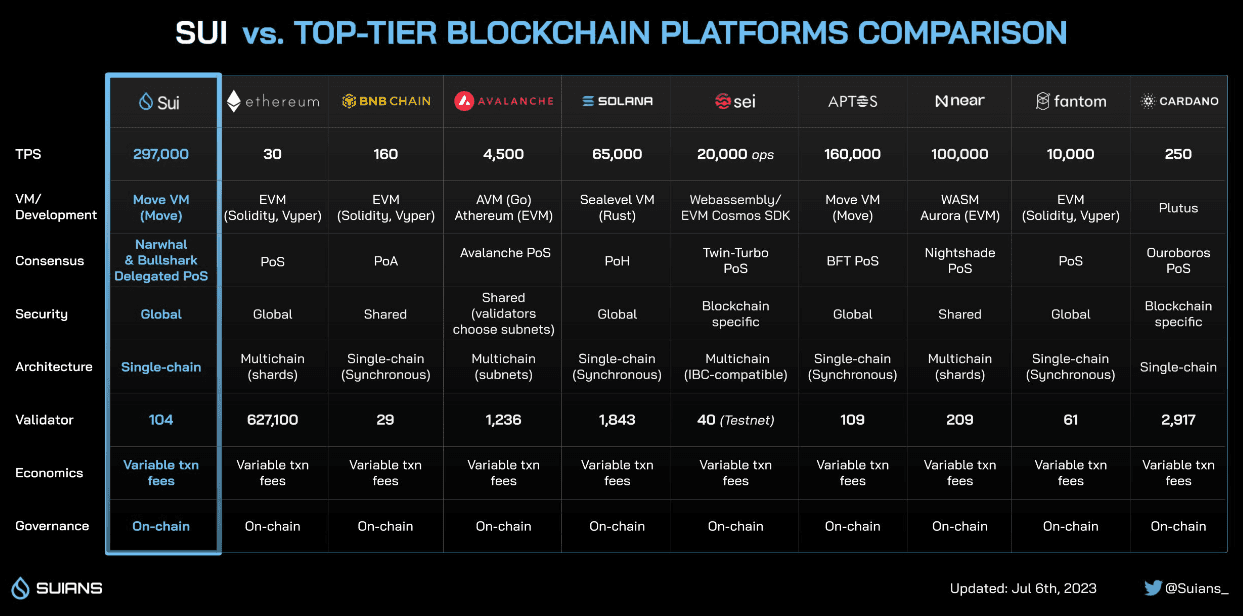
Token Economy of SUI
The Sui economic model serves as the cornerstone for aligning the incentives of the various participants involved in the dynamic ecosystem and revolves around three key players: users, SUI token holders, and validators, each of whom plays a key role in the system.
At the core of the Sui blockchain is the Delegated Proof-of-Stake (DPoS) consensus mechanism, which defines the validators responsible for processing transactions. In addition to decentralized decision-making, changes in Sui governance are initiated by voting on the blockchain, which provides a democratic approach to adjusting the protocol.
Importantly, this model is designed to blend seamlessly with Sui's engineering design, creating synergies to ensure the ecosystem operates efficiently. The integration of these elements emphasizes Sui's commitment to creating a balanced and stimulating environment for its participants.
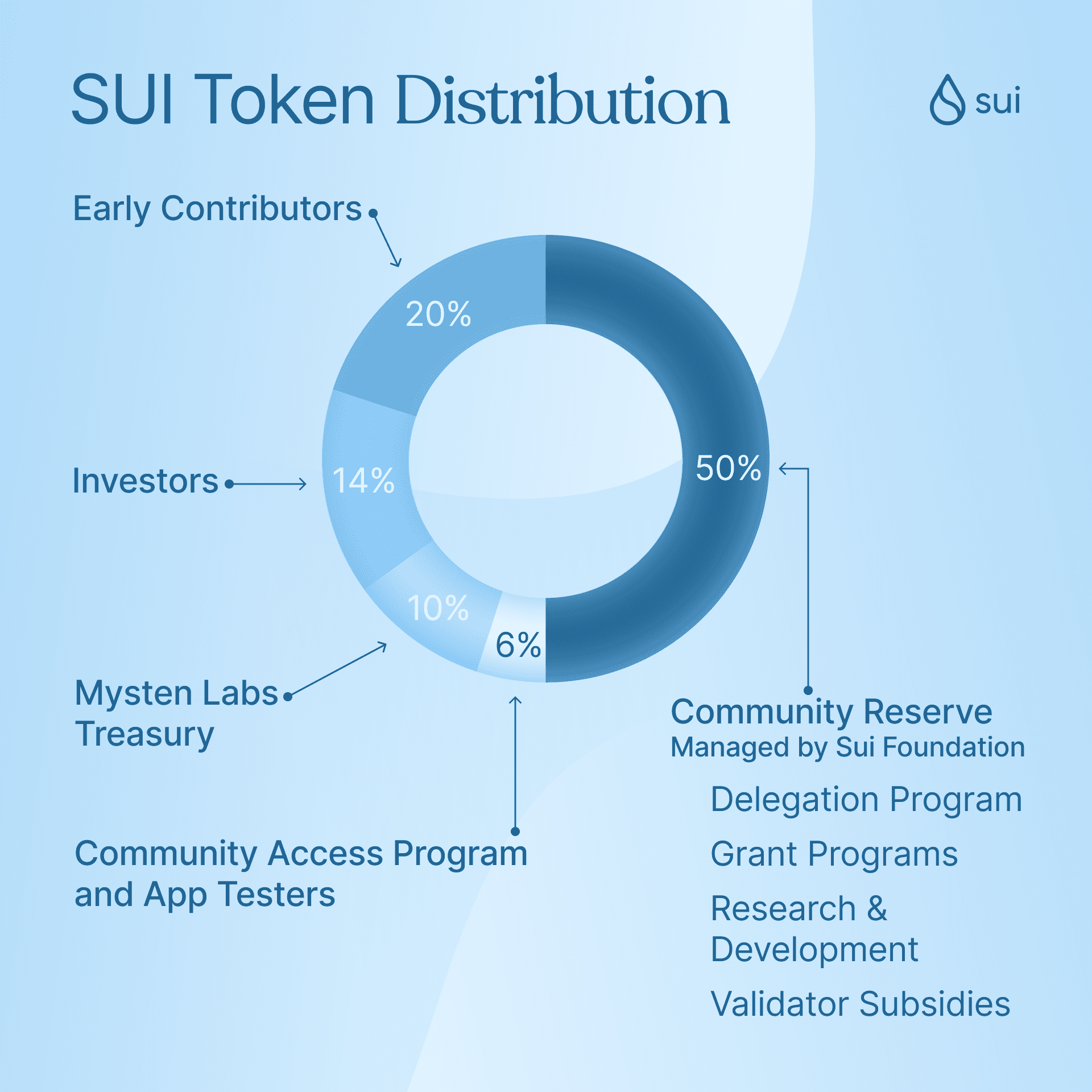
The maximum supply of SUI tokens is capped at 10 billion.
At the time of writing (December 2024):
- Circulating supply - 2,927,660,018 SUI (29,27%)
- Total supply - 10,000,000,000 SUI
- Max. supply - 10,000,000,000 SUI
Inflation and deflation are terms that regularly come up in the realm of cryptocurrency discussions. Both of these terms are related to how ecosystem participants are incentivized to support the cryptocurrency network. While inflation can motivate miners, deflation has its impact on coin holders. Understanding these concepts helps predict how cryptocurrency will evolve and sustain in the future.
The balance of inflation or deflation in the ecosystem depends on the delicate balance between expanding token supply and network activity. Sui takes a specific approach with a limited token supply and a transparent unlocking schedule to increase predictability. This strategy aims to ensure stability and transparency of market dynamics.
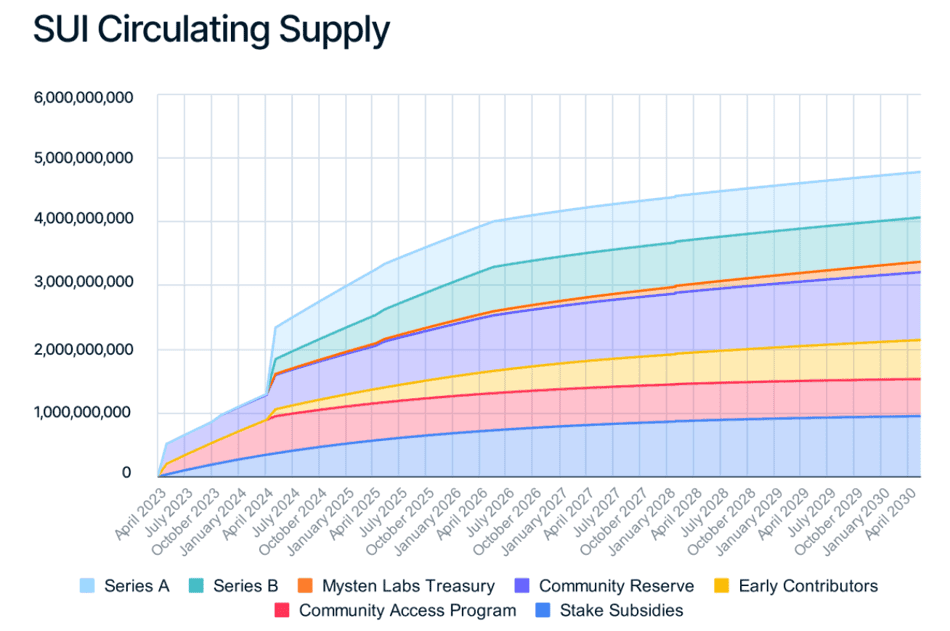
At the time of Mainnet Sui's launch, about 5% of all tokens were in circulation. As shown in the graph, the process of unlocking tokens to maintain the network, follows a set timeline. The project team noted that the schedule could be changed if needed to support the balance of the network.
Native multi-functional SUI token, acts as a powerful incentive mechanism for participants and serves for main roles:
1. Gas fee - every network operation conducted on the platform necessitates gas fees, and these fees serve as rewards for network participants and prevent spam attacks.
2. Staking - Token holders participate in securing the network, being rewarded for participation.
3. Maintaining liquidity on the chain - SUI tokens are utilized by liquidity providers for supporting DeFi protocols.
4. Participation in governance - token holders can participate in voting for future projects or changes to the SUI blockchain.
5. Storage Fund - compensation mechanism for blockchain data storage.
The second token of the Sui network, mentioned before, is MIST which symbolizes the smallest unit of SUI, equivalent to 10^-9 of a SUI. One billion MIST equals one SUI. The tiniest denomination of SUI Coin offers increased flexibility for microtransactions.
Stablecoins on SUI
Stablecoins are types of cryptocurrencies that are designed to maintain a stable value, usually pegged to the US dollar. They are fundamental to any healthy DeFi ecosystem, bringing stability and low volatility, hence allowing a wide array of financial activities to take place. According to DefiLlama, Sui currently has five stablecoins with a total market cap of $373.15m
Native USDC
In October 2024, Sui made a significant advancement by implementing native USDC - first among all Move-based blockchains. This will enhance DeFi services on the chain, increase liquidity and capital efficiency, as well as make it safer for the users. The Cross-Chain Transfer Protocol will also support seamless USDC transfers across the supported blockchains.
AUSD
AUSD, issued by Agora, was the other stablecoin that found a home on Sui. It serves as an alternative choice for users seeking price stability and further stablecoin diversity within the Sui ecosystem.
FDUSD
FDUSD is a First Digital Labs-issued stablecoin, that extended its offerings to Sui, marking its first availability outside of Ethereum and BNB Chain. Backed 1:1 with the US dollar and held in reserves in regulated financial institutions, FDUSD brings a clear path as a stablecoin option for Sui customers.
USDY
USDY, powered by Ondo Finance and backed with short-term US Treasuries and bank demand deposits, brings to Sui yet another flavor of a stablecoin. Being available as native asset on Sui, it allows users to generate yield while keeping their environment price-stable. This is, therefore, ideal for those seeking passive income with a stable store of value.
USDT (Tether)
USDT is one of the oldest and most popular stablecoin globally, which is also available on Sui. This advantage bolsters the liquidity of Sui and makes users accustomed to entering the Sui DeFi space.
Roadmap
The Sui Roadmap describes ambitious developments and upgrades with respect to capability enhancements of the platform, improvement of the experience for developers, and ecosystem vision.
Key highlights
Developer Experience and Tooling
- REST API: Sui is working on a REST API, the replacement of the JSON-RPC API. It will have better functionality and more integrative for the developers. (Coming early 2025)
- GraphQL Rust SDK: A reworked Rust SDK with several improvements and support GraphQL. (Coming Q4 2024)
- Sui VSCode Extension: The Sui VSCode extension continuously improves, providing smart autocompletion, debugging functionality, and more for the developer. (Ongoing)
- Move Autoformatter: The team is working on Autoformatter for Move code that is based on Prettier, in response to lots of requests for this functionality. (Later this year)
- Move Registry: This will allow developers to register their Move packages with human-readable names and not have to deal with complex hex addresses. (Later this year)
- Multi-Environment Publish: Planned changes to the Move compiler and build system that allow smooth publishing processes of Move packages across mainnet and testnet. (Coming early 2025)
- Improved Debugging: The team is preparing updates that will significantly reduce friction in identifying and fixing bugs in Move code. (Coming months)
- Lockstep Network: Sui is developing a lightweight, on-demand local network for efficient testing. (Coming in 2025)
- Sandbox Testing: Announced tooling for sandbox testing that enable developers to simulate complex on-chain interactions. (Coming in 2025)
Framework and Execution
- Congestion Control: Sui has deployed a new congestion control logic that optimizes transaction processing and maintains high performance over peak activity periods. (Live in mainnet)
- Deepbook v3: Launch the latest version of Deepbook, a next-generation decentralized central limit order book. (Live in mainnet)
- Display v2: An evolution of the Display framework will grant front-ends better ways to present and interact with data residing on Sui. (Coming 2025)
- CoinMetaData: Evolutions to the CoinMetadata standard will add additional functionality and flexibility to token metadata management. (Coming 2025)
The Sui roadmap is thus a dynamic, constantly evolving strategy. With an entire focus on developer experience, improvement in performance, and a feature set that allows new things to be possible, Sui is building out the robustness and access of the blockchain.
Final Thoughts
The Sui team has confidently entered the industry with strong investor support. Although the novelty of the technology and the new Sui Move language adoption can be a stumbling block, the team is working on minimizing obstacles for future developers by ensuring a smooth onboarding process.
Sui's architecture positions it as an ideal hub for DeFi, gaming, and payment protocols, thriving on straightforward transactions. What's more, Sui's network can scale horizontally on demand, keeping those transaction costs comfortably low. Therefore, Sui emerges as a powerhouse, ready to reshape the landscape for user-friendly, efficient, and scalable blockchain solutions.
The project's success depends largely on meeting expectations and laying a solid foundation for ecosystem growth, ensuring the widespread adoption of blockchain applications. If the cryptocurrency market experiences an unexpected boost, the clamor for a versatile and scalable smart contract platform, embodied by Sui's Web2-style interface, will skyrocket among developers and consumers alike.
The information provided by DAIC, including but not limited to research, analysis, data, or other content, is offered solely for informational purposes and does not constitute investment advice, financial advice, trading advice, or any other type of advice. DAIC does not recommend the purchase, sale, or holding of any cryptocurrency or other investment.

